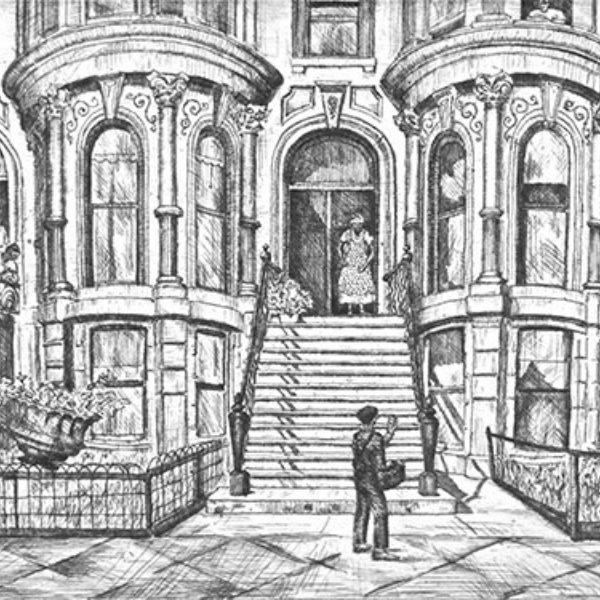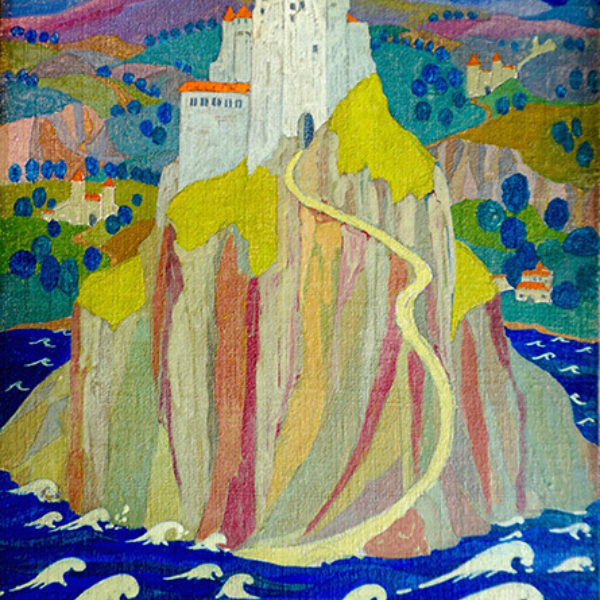Beatrice E. Levy
b. 1892, Chicago, IL - d. 1974, La Jolla, CA
Beatrice Levy was born in Chicago in 1892 to a German Jewish emigrant father and a mother originally from Kentucky. As a child growing up on Chicago's near South Side (on Langley, near the landmark settlement house, the Abraham Lincoln Centre), Levy took Saturday classes at the School of the Art Institute of Chicago (SAIC), where she studied with Ralph Elmer Clarkson, and was eager to enroll full-time. During her third year, she was among the small number of students, including her classmate Stanislaus Szukalski, who defended the modernist works on display at the notorious Armory Show, which was presented at the Art Institute in 1913. While other students burned in effigy Henri Matisse, Levy and her fellow bohemians stood behind Art Institute director Newton Carpenter.
In 1915, Levy studied with Charles W. Hawthorne in Provincetown, and in New York, met etching teacher Voytech Preissig, who encouraged her to take up graphic media for which she became celebrated. Although Levy’s work is neither markedly abstract nor expressionistic, she upheld the primacy of the “art for art’s sake” creed and was a member of the avant-garde Cor Ardens Association, along with Szukalski, Carl Hoeckner, Ramon Shiva, and Gerrit Sinclair. Levy is best known, however, as a kind of American Scene practitioner, as her two etchings of city scenes, Delivery in Old Town and Orchestra Hall, show. During the Great Depression, Levy was a supervisor of both the easel division and the art gallery of the Illinois Art Project of the WPA. Levy traveled extensively and moved to La Jolla, California, in 1950, where she was an active participant in the local art scene until her death.
Daniel Schulman
References
Bulliet, C. J. “Artists of Chicago, Past and Present, no. 75: Beatrice Levy.” Chicago Daily News. August 8, 1936.
Yochim, Louis Dunn. Harvest of Freedom: A Survey of Jewish Artists in America. Chicago: American References, 1989.

